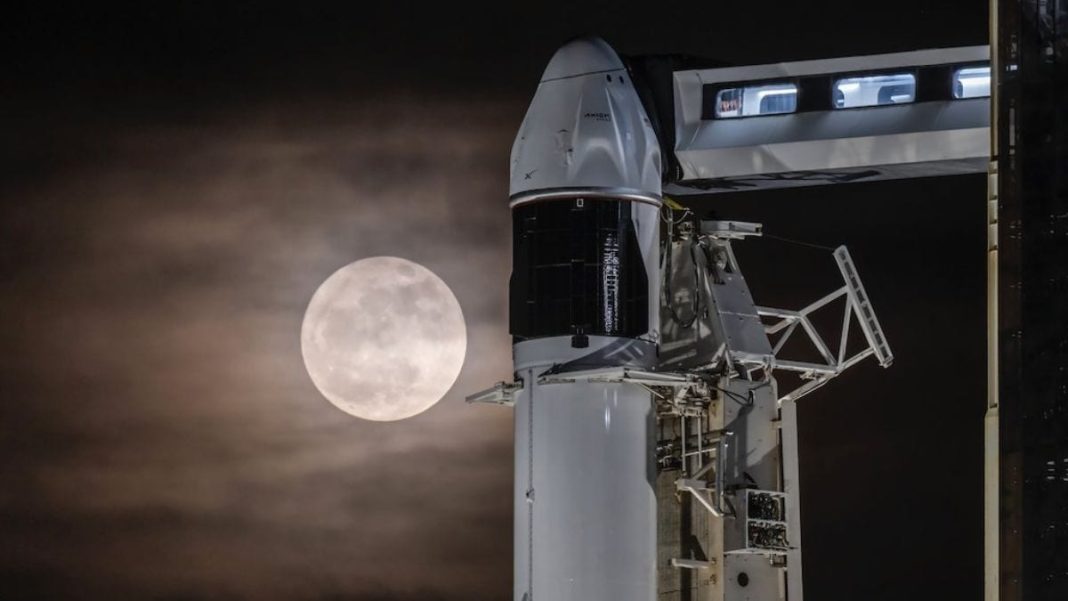Key Takeaways
- Tech titans Sundar Pichai, Elon Musk, and Jeff Bezos are exploring lunar data centres.
- The push is driven by AI’s computing demands and the need for secure, efficient data storage.
- The Moon offers natural cooling, clear deep-space communication, and vast, unused land.
- Significant challenges include radiation, lunar dust, and the high cost of infrastructure.
Tech billionaires Sundar Pichai, Elon Musk, and Jeff Bezos are now in a new race—not to land on the Moon, but to build data centres on its surface. This strategic shift, first reported by the Wall Street Journal, aims to create off-world hubs for storing and processing the massive amounts of data generated by cloud services and artificial intelligence.
Why Build Data Centres on the Moon?
The explosion of AI and cloud computing has created an urgent need for larger, safer, and more energy-efficient data storage solutions. The lunar environment presents unique advantages that are hard to find on Earth.
- Natural Cooling: Permanently shadowed regions with extremely low temperatures could drastically reduce server cooling costs.
- Clear Communication: The lack of atmosphere allows for faster, more reliable data transmission with deep-space missions.
- Abundant Space: Vast, open land enables the construction of massive facilities without terrestrial environmental regulations.
The Vision of Each Tech Leader
Each executive has a distinct vision for how lunar data centres would serve their broader corporate ambitions.
Sundar Pichai (Alphabet/Google): His focus is on long-term AI computing. A lunar data hub could power the next generation of large-scale AI models that demand immense processing capabilities, far beyond what is sustainable on Earth.
Elon Musk (SpaceX): Musk is exploring how these centres can support future human colonies on the Moon and Mars. The goal is to establish a robust digital backbone for interplanetary communication and autonomous systems required for sustained off-world presence.
Jeff Bezos (Blue Origin/AWS): Bezos aims to expand Amazon Web Services (AWS) into a space-based cloud platform. He envisions the Moon as an ideal location to host services for scientific missions, government agencies, and private companies operating in space.
Significant Challenges to Overcome
Despite the excitement, establishing a functional data centre on the Moon is fraught with obstacles. Building the necessary infrastructure requires overcoming harsh conditions, including:
- Intense radiation exposure
- Abrasive lunar dust storms
- Extreme temperature fluctuations
- Exorbitant costs of transporting materials from Earth
A reliable power source, potentially nuclear or solar, must also be established. Furthermore, international space regulations will be a critical factor in governing how and when these ambitious projects can proceed.
The Road Ahead
What was once a science-fiction dream is now a serious strategic plan for the world’s biggest tech innovators. With massive investments pouring into space technology, the Moon could soon become the next frontier for data storage and digital innovation. If successful, this bold venture could fundamentally reshape how humanity connects, computes, and explores the cosmos for decades to come.




